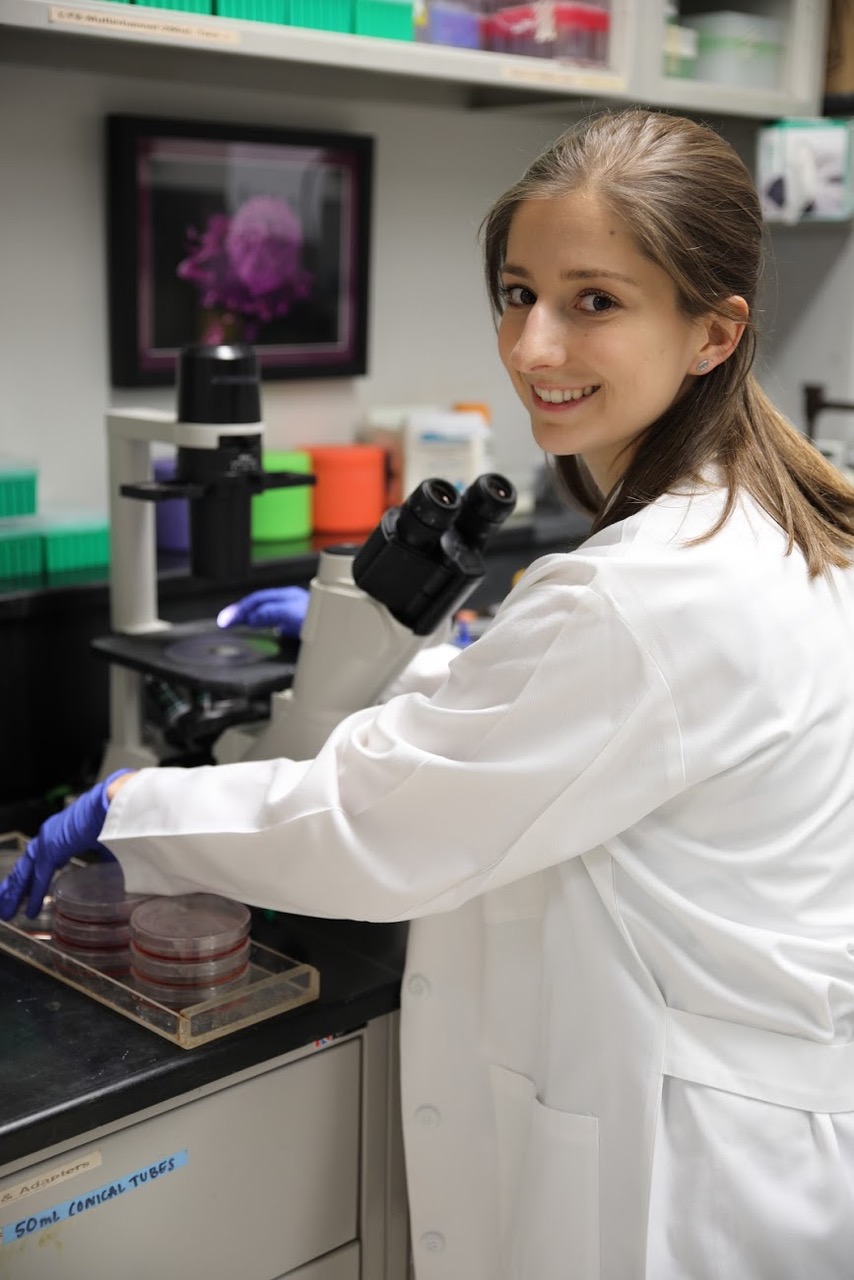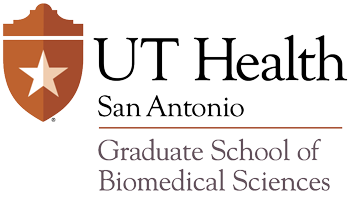Dr. Petra Jans Pederson Publishes in the Journal of Natural Products

 Dr. Petra Jans Pederson was first author on the paper “Triple-Negative Breast Cancer Cells Exhibit Differential Sensitivity to Cardenolides from Calotropis gigantea” which was published on July 10 in the Journal of Natural Products.
Dr. Petra Jans Pederson was first author on the paper “Triple-Negative Breast Cancer Cells Exhibit Differential Sensitivity to Cardenolides from Calotropis gigantea” which was published on July 10 in the Journal of Natural Products.
Dr. Pederson is a recent graduate and received her Ph.D. in Integrated Biomedical Sciences (Pharmacology and Physiology discipline. As a 5th year dual degree student (M.D./Ph.D.) in the South Texas Medical Scientist Training Program, she will be returning to medical school to finish her M.D. training. The Pipette Gazette recently virtually interviewed her about this accomplishment.
-
Tell me about the paper? Can you summarize briefly what it is about?
2. What would you like the public to know about your topic? Why is it important?
3. Tell me about your future plans with this project.
4. Anything else you’d like to add.
I’d just like to say thank you for this opportunity to share a little bit about my work with the graduate school community!
In Press is a section in The Pipette Gazette that highlights publications by students. To read more In Press articles, click here.
